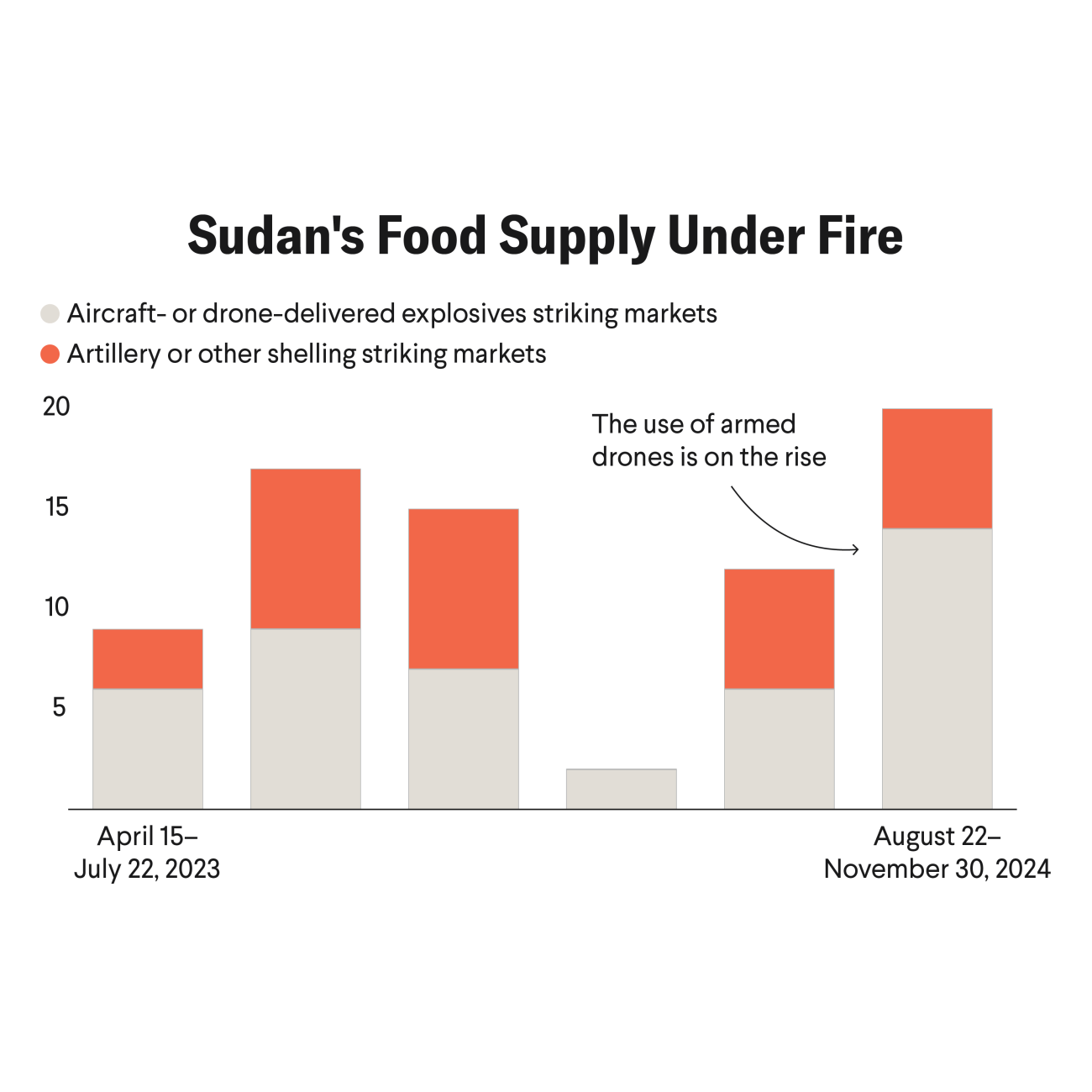In 2014, researchers set out to solve a public health mystery: why did so many children in Bangladesh have elevated levels of lead in their blood? Lead is a dangerous neurotoxin and can have nasty and permanent effects on children’s cognitive abilities if they are exposed during the rapid period of neurological development in utero and in early childhood. Bangladesh’s government was aware of lead’s dangers and had already phased out leaded gasoline, once a leading source of exposure, in 1999. Yet study after study showed that children still commonly had elevated blood lead levels, even in rural regions far afield from any industrial contamination.
It turned out that many sources of lead in Bangladesh were contributing to the phenomenon, but the research team— from the country’s International Centre for Diarrhoeal Disease Research and Stanford University—found compelling evidence that one source was making a key contribution: turmeric. In many cases, the spice had been adulterated with vibrant yellow lead-chromate pigment to brighten the color and increase the crop’s retail value. Those doing so appeared unaware that their pigments contained lead and would have such serious health consequences for their consumers.
Worldwide, an estimated one in three children have blood lead levels above five micrograms per deciliter
Global Lead Poisoning Is the Biggest Threat You’ve Never Heard About
Bangladeshi turmeric adulteration is only the tip of the iceberg. Worldwide, an estimated one in three children have blood lead levels above five micrograms per deciliter, which is the level at which the World Health Organization recommends clinical intervention. In many low- and middle-income countries, the median child has levels that exceed this threshold. In comparison, in America’s most infamous case of lead poisoning in Flint, Michigan, just 4 percent of children had blood lead levels exceeding this level.
The burden this imposes on global health and development is on a staggering scale. A recent meta-analysis by the Center for Global Development found that lead can explain more than 20 percent of the learning gap between high-income countries and low- and middle-income countries. Less well known but potentially of equal significance, lead is also a significant risk factor for cardiovascular disease: given the extraordinary extent of current and historic global exposure, it is estimated to cause between 1.6 and 5.5 million deaths each year. Together, the World Bank recently quantified the overall economic cost of lead exposure at $6 trillion each year, equivalent to 6.9 percent of global economic production.
Although adulterated spices were a major source of exposure in Bangladesh and likely contribute to elevated blood lead levels in at least a handful of other countries, they are only one route by which children are exposed to lead. In low- and middle-income countries, lead hazards are everywhere, from the air children breathe to the food they eat, the soil on which they play, and the walls of their homes and schools. Unregulated and informal recycling of lead-acid batteries widely pollutes soil and water tables. Lead is still commonly used in many types of paint and pigment. Even aluminum cookware, manufactured from a mélange of scrap metal, can leach dangerous amounts of lead into kids’ food and drink.
Yet despite the magnitude of this problem, many have never even heard of lead poisoning as a global health challenge. Lead poisoning is mostly unrecognized by policymakers in low- and middle-income countries. Efforts to abate it are underfunded by philanthropists and development partners. And it is entirely missing from the global health and development discourse.
We Can—and Must—Get the Lead Out
The case of turmeric in Bangladesh has a happy ending. Soon after learning about the problem, the country’s Food Safety Authority began a major, multipronged enforcement program against spice adulteration. Efforts included imposing large fines on lead wholesalers, confiscating contaminated products, screening turmeric samples for lead, and raising public awareness. Thanks to those efforts, a 2021 follow-up study found no lead-contaminated turmeric in Bangladeshi spice markets. The entire program, including the initial study that identified spice adulteration as a problem, cost just $560,000.
The implications extend far beyond the Bangladeshi borders. Spice adulteration remains a major problem in about ten countries, and in between fifty and sixty leaded paint is still widely sold and used. For just $30 million, we could replicate effective interventions like the Bangladesh enforcement campaign that would both get these toxic products off the market for good and likely lead to significant short-term reductions in blood lead levels.
Beyond these immediate actions, a Center for Global Development working group of nonprofit leaders, experts, and senior figures in international organizations recently put out a call to action for a more ambitious goal: ending childhood lead poisoning by 2040. With high-level attention and modest additional resources, estimated at $50 million per year through 2030, we’re persuaded that doing so is entirely feasible. Because we cannot simply accept the mass poisoning of children, especially when it is so easy to stop—and the next generation deserves a chance to learn, grow, and thrive to their full potential.
AUTHOR’S NOTE: To learn more about global lead poisoning—and what we can do to stop it—please see the Final Statement of the Center for Global Development’s Working Group on Understanding and Mitigating the Global Burden of Lead Poisoning.



